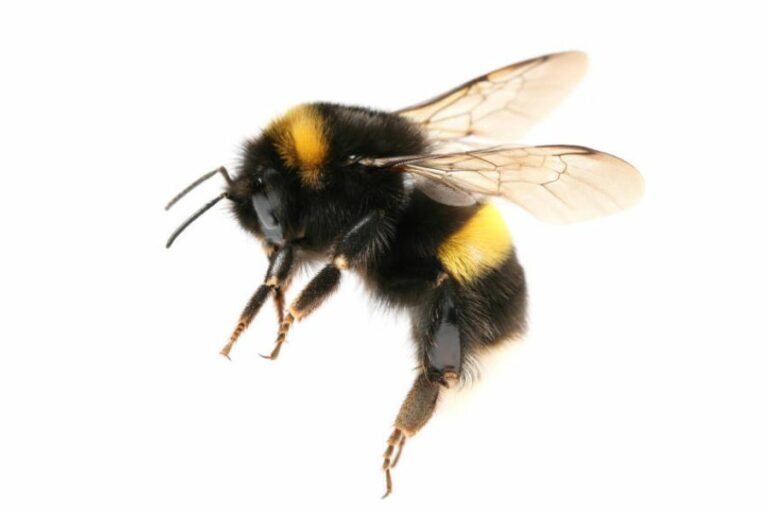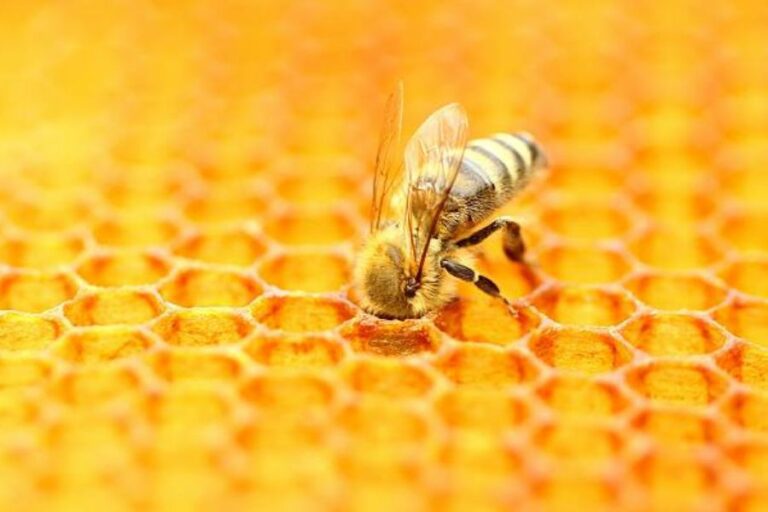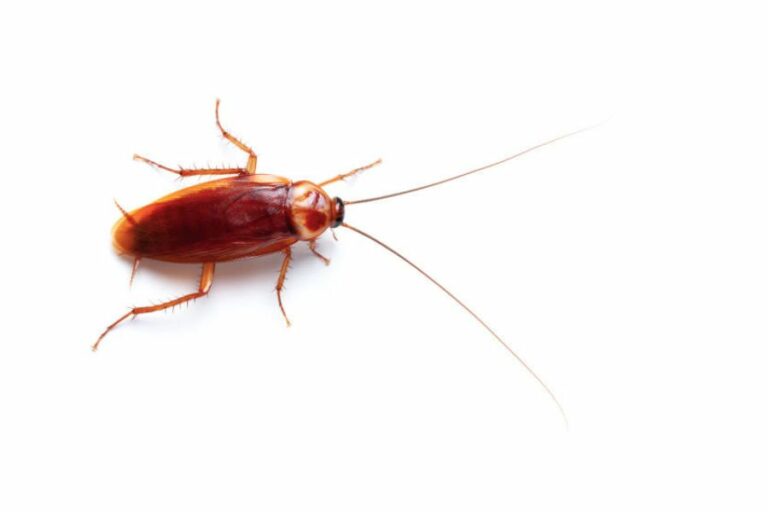Cluster Flies: Prevention and Control Strategies
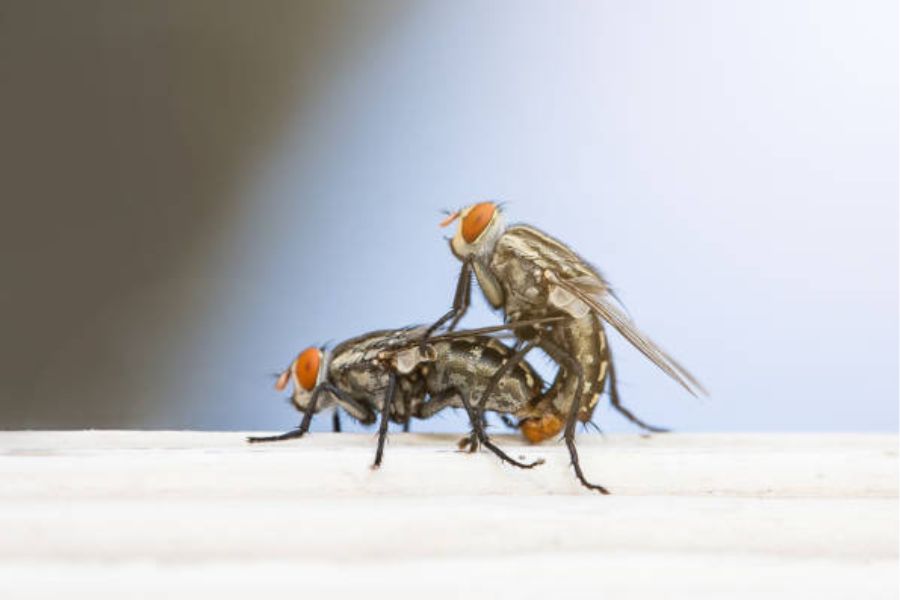
Cluster Flies: Risks, Prevention, and Control Strategies for a Fly-Free Environment
Welcome to our blog, dedicated to unravelling the world of cluster flies. From understanding their nuisance to spotting infestations and implementing prevention strategies, we’ve got you covered. Join us as we explore the realm of these bothersome insects and equip you with practical solutions. Let’s dive in!
What are cluster flies, and why are they a nuisance?
Cluster flies, scientifically known as Pollenia spp., are a species of flies that can become a nuisance when they invade homes and buildings seeking shelter. Unlike typical house flies, cluster flies have a specific behaviour of congregating in large numbers, especially during the colder months. While they are not harmful to humans in terms of biting or transmitting diseases, their presence can be bothersome. Cluster flies can create an unsettling atmosphere and cause discomfort due to their clustering behaviour and the number of flies that may be present.
What are the signs of a cluster fly infestation?
Signs of a cluster fly infestation include the sudden appearance of sluggish flies within a building, particularly during the colder months. They gather in windows, attics, or wall voids, seeking warmth and protection. You may also notice clusters of flies in areas where sunlight enters the building. Additionally, cluster fly larvae or pupae in the soil surrounding the building can indicate an infestation.
Awareness of these signs can help you identify a cluster fly infestation and take appropriate measures for control and prevention.
What are the potential risks or damages associated with cluster fly infestations?
While cluster flies are not known to transmit diseases or cause direct harm to humans, their infestations can still pose certain risks and inconveniences. Here are some potential risks and damages associated with cluster fly infestations:
- Discomfort and annoyance: Many cluster flies can create an unsettling and bothersome environment. Their buzzing and clustering behaviour can be disruptive and cause distress.
- Stains and odours: Cluster flies may leave behind dark-coloured excrement spots on walls, windows, and other surfaces, leading to unsightly stains. Over time, these stains can become challenging to remove. Moreover, the accumulation of dead cluster flies can emit unpleasant odours.
- Secondary pest problems: Cluster flies can attract other pests, such as beetles or parasitic wasps that prey on them. This could lead to additional pest issues within your property.
While cluster flies may not cause significant structural damage or health risks, their presence and associated issues can still be a nuisance that requires attention and control.
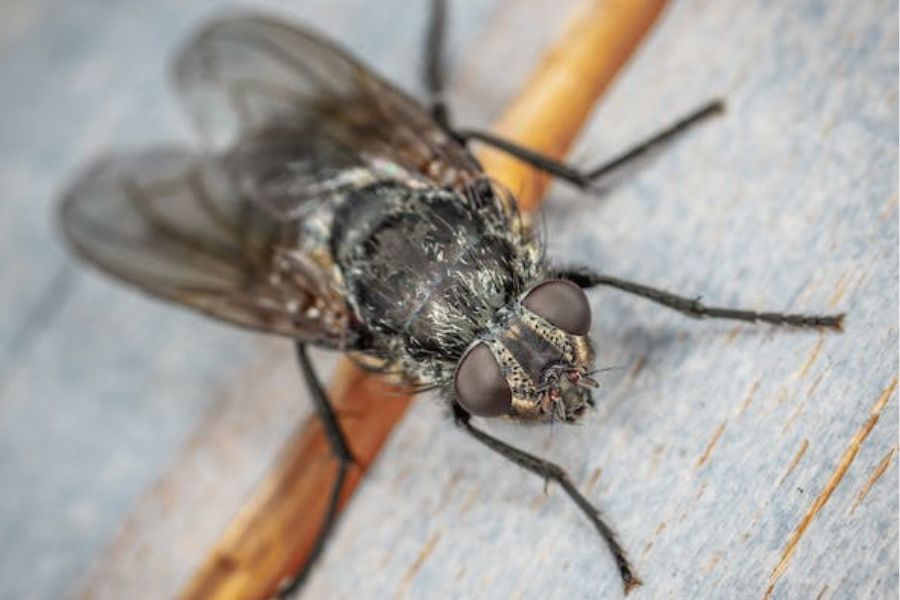
What are the common areas in a home or building where cluster flies gather?
Cluster flies typically gather in specific areas of homes or buildings, seeking shelter during the colder months. Here are some common areas where you might find cluster flies congregating:
- Attics and lofts: Cluster flies often seek refuge in attics, lofts, or other spaces near the roof. They can enter through small openings, gaps, or vents.
- Wall voids and ceiling spaces: These areas provide hidden spaces for cluster flies to gather and remain protected. They may find access through cracks or gaps in walls or ceilings.
- Windows and sunny walls: Cluster flies are attracted to sunlight and warmth. They often cluster around windows or on bright walls, especially during the cooler seasons.
- Unused or rarely accessed rooms: Cluster flies may accumulate in infrequently used or closed-off rooms, as they provide a quiet and undisturbed environment.
Identifying the areas where cluster flies tend to gather in your specific property can help you focus your control and prevention efforts more effectively.
How can I prevent cluster flies from entering my property?
Preventing cluster flies from entering your property involves implementing various preventive measures. Here are some effective strategies:
- Seal entry points: Inspect your property for gaps, cracks, or openings that may serve as entry points for cluster flies. Seal them with caulk, weather stripping, or other suitable materials to prevent their access.
- Install window screens: Fit windows and vents with fine mesh screens to prevent cluster flies from entering while allowing proper ventilation.
- Maintaining proper sanitation: Keep your property clean and free of decaying organic matter, which can attract cluster flies and insects. Regularly dispose of garbage and ensure good waste management.
- Exterior maintenance: Trim vegetation away from the exterior of your property, as overhanging branches or shrubs can provide access points for cluster flies. Keep doors and windows well-maintained, including repairing damaged screens or gaps.
- Consider professional pest control: If you have persistent cluster fly issues, consult a professional pest control service for comprehensive solutions tailored to your situation.
By implementing these preventive measures, you can significantly reduce the likelihood of cluster flies entering your property and minimise the chances of infestations.
How can I differentiate between cluster flies and other common fly species?
Differentiating cluster flies from other common fly species can be done by observing their appearance and behaviour. Cluster flies are slightly larger than house flies and have yellowish or golden-coloured hairs on their thorax. They also have a distinct behaviour of clustering together in large numbers, especially on sunny walls or windows. When at rest, their wings overlap, giving them a unique appearance. These characteristics can help you differentiate cluster flies from other fly species.

